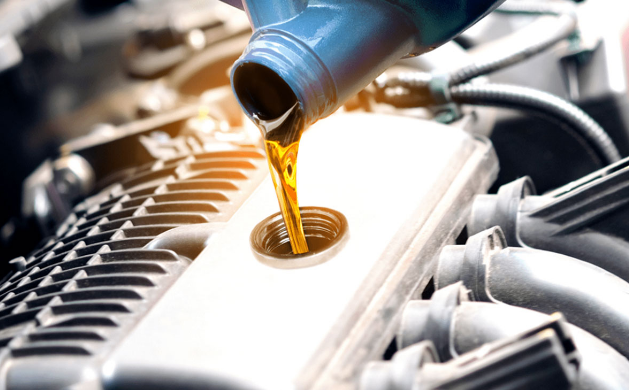Turbine lubricating oil is a specialized oil used to lubricate, cool, and protect the various moving parts of turbines, especially those in power generation, industrial, and marine applications. It plays a critical role in ensuring the efficient and reliable operation of turbines by providing the following key functions:

1. Lubrication
- Purpose: Reduces friction between moving components, such as the turbine shaft, bearings, and gears, preventing wear and tear.
- Effect: Minimizes mechanical wear, which prolongs the lifespan of turbine components.
2. Cooling
- Purpose: Helps dissipate heat generated by friction and the high-speed operation of the turbine.
- Effect: Prevents overheating of turbine components, such as bearings, and maintains optimal operating temperatures.
3. Corrosion Protection
- Purpose: Protects metal surfaces from rust and corrosion by creating a protective film on the components.
- Effect: Prevents damage to turbine parts due to exposure to water, moisture, or acidic conditions in the working environment.
4. Contaminant Removal
- Purpose: Turbine oils are designed to trap and suspend particles, contaminants, and debris that may accumulate during operation.
- Effect: Helps keep the turbine's internal components clean and ensures smooth operation by preventing contaminants from causing damage to critical parts.
5. Sealing
- Purpose: Forms a seal between moving parts to prevent the loss of steam or gas (in steam or gas turbines) and to maintain the internal pressure.
- Effect: Maintains system efficiency by ensuring proper pressure and minimizing leaks.
6. Foam Control
- Purpose: Prevents excessive foam formation within the oil, which could reduce its ability to lubricate effectively.
- Effect: Helps maintain the proper lubrication of components, even in high-speed conditions.
7. Load Carrying Capability
- Purpose: Turbine oils are formulated to handle high loads, ensuring the bearings and gears can operate under heavy pressure without failure.
- Effect: Ensures reliable operation under varying load conditions, such as startup, shutdown, or changes in power output.
8. Vibration Damping
- Purpose: Helps reduce vibrations in the turbine system, which could otherwise lead to mechanical stress or fatigue over time.
- Effect: Contributes to smooth turbine operation and helps avoid damage caused by excessive vibration.
9. Oxidation Resistance
- Purpose: Turbine oils are designed to resist oxidation, which can degrade the oil over time, especially under high-temperature conditions.
- Effect: Extends the oil’s useful life, reduces the frequency of oil changes, and maintains the oil's performance characteristics over longer periods.
10. Viscosity Control
- Purpose: Maintains a stable viscosity, ensuring the oil remains fluid enough to provide adequate lubrication at varying temperatures.
- Effect: Ensures the oil continues to function effectively whether the turbine is operating at high or low temperatures.
Types of Turbine Lubricating Oils
Turbine lubricating oils come in different grades and formulations depending on the type of turbine and operating conditions. Common categories include:
- Mineral Oil-based: Derived from refined crude oil, offering basic lubrication.
- Synthetic Oil-based: Engineered for higher performance, particularly in extreme conditions.
- Semi-synthetic Oil: A mix of mineral and synthetic oils, providing a balance of cost and performance.
Applications
- Steam Turbines: Lubrication of bearings, seals, and gears in power plants or marine vessels.
- Gas Turbines: Used in power generation, aircraft engines, and industrial compressors.
- Hydraulic Turbines: Lubrication for turbines in hydropower plants.
- Wind Turbines: Lubrication for gearboxes, bearings, and other moving parts in wind energy systems.
Turbine lubricating oil is essential for ensuring the smooth, safe, and efficient operation of turbine systems across industries like power generation, aviation, marine, and manufacturing.

